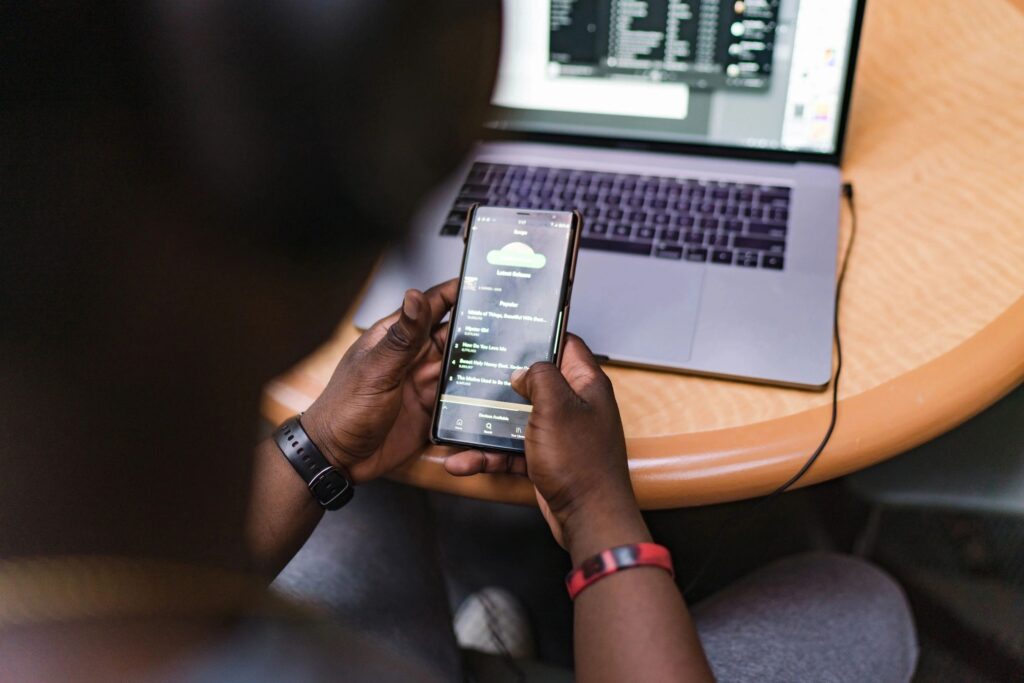
Divorce is never easy, especially when children are involved. As a parent, you’re probably navigating your own emotional upheaval while trying to provide consistency, stability, and love for your children. The good news? With intention and the right strategies, co-parenting can work, often better than you might expect.
Whether your children are toddlers, school-aged, or teens, here are some best practices to help you co-parent effectively during and after a divorce.









